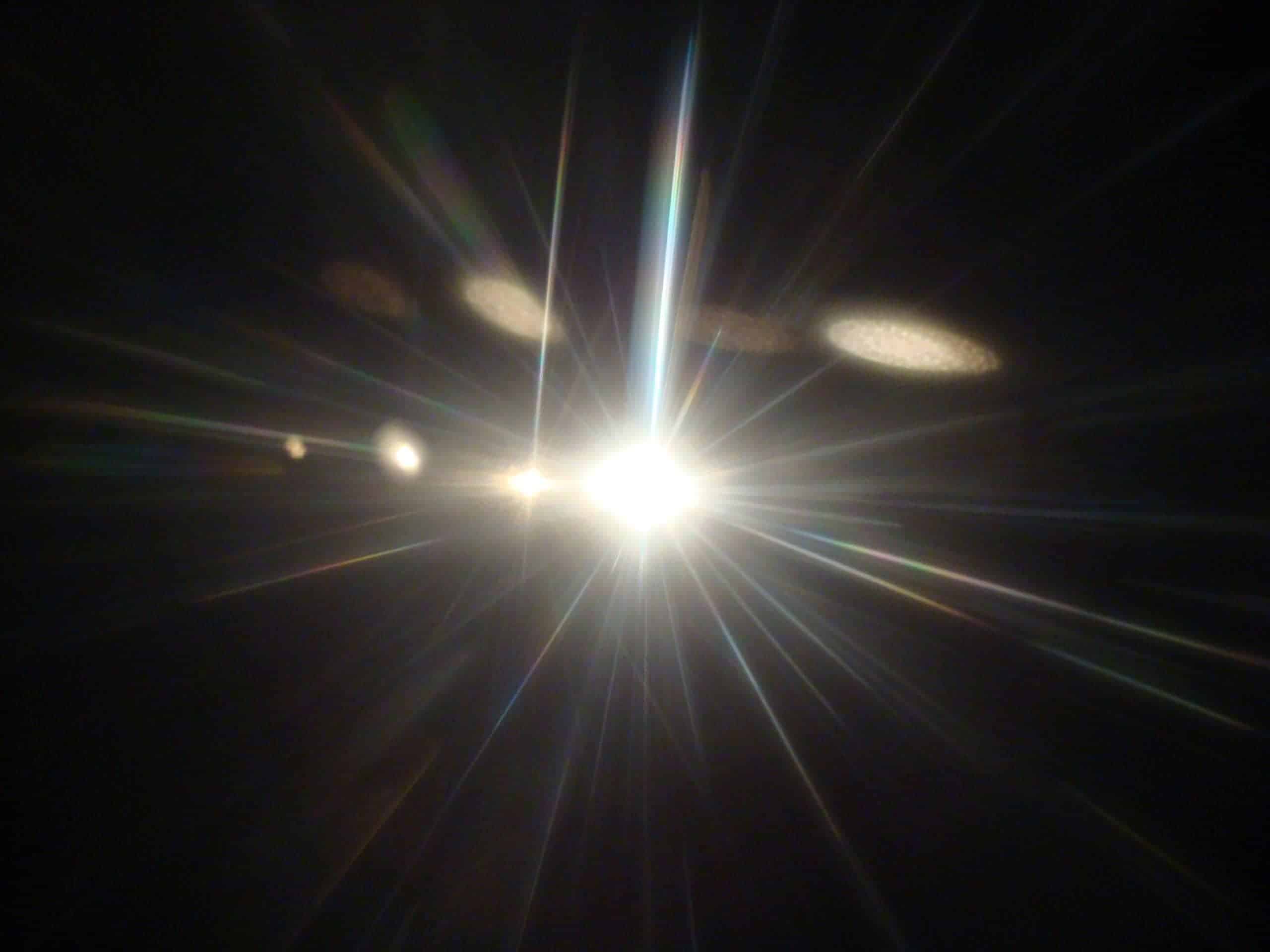Anytime you’re going to be out at night on the trail you should definitely have some form of lighting with you. Even if you’re not planning on being out at night when on the trail it is still a good idea to have a light with you. I am a big believer of expect the unexpected and even on day hikes I carry a small flashlight with me just in case. The flashlight I carry is very small and can be used in emergencies. If I am planning on spending the night in the woods that I carry a different light with me that happens to be a headlamp. In this article I will be discussing lighting when on the trail.
Two Main Forms of Lights
Flashlights

Flashlights are exactly what you would think they are. They’re traditional lights that you hold in your hand. They can be anywhere from not so bright two very bright. The downside to flashlights is that they tie up one of your hands so that you only have one free hand to do things such as cooking or eating. Because of this many people have switched to carrying headlamps.
Headlamps

Headlamps most often have a strap and are worn on your head. There are some versions of these lights that you can attach to the brim of your hat. Headlamps are great because they are hands-free and allow you to use both of your hands for other tasks such as setting up camp. Because of this, headlamps are becoming more and more popular among hikers and backpackers.
Beam Type
Spotlight – These lights concentrate the light in a much smaller area so that they can shine much further.
Floodlight – These shine a much wider pattern so that you can see more things that are around you. This is the most often preferred light beam type among hikers.
LED
LED bulbs are what almost everyone goes with and for good reason. LEDs are much smaller in size and they never burn out. They’re much more shock resistant than other bulbs and they do not go through batteries as fast because they are much more efficient. It simply makes sense use LED bulbs when on the trail.
Brightness
Most lights have an adjustable brightness. This allows you to use a lower brightness setting for tasks that do not require a bright light meaning you will save your batteries. The brightness is measured in lumens and is most often written right on the packaging of the light. Lumens is the amount of visible light, the higher the number the brighter the light. You should also know that just because a lot has more lumens it is not specifically mean that the bean distance is farther. This is determined by the way the light is reflected and focused. In other words is it more of a spotlight or floodlight.
Power Source

You’re most likely to find flashlights and headlamps on the market that are powered by AA and AAA batteries. Some smaller lights used coin cell batteries but it is not practical to get these because it can be hard to find these types of batteries and they are relatively expensive. Some lights have rechargeable batteries that are good in theory but do not work well for long backpacking trips due to not being able to charge them.
Regulated Output – The brightness of a lot will stay at a constant level until the batteries are completely drained at which the light will quit working.
Unregulated Output – The brightness of the light will decline as the batteries lose power.
Positioning
When using a headlamp it is traditional to wear it on your head. This allows you to do things around camp such as pitching a tent or tarp. When out hiking it is much better to position the light on your waist. This allows you to better see the dimensions of the ground so that you do not trip over rocks.
In this article I have went over the basics of lighting when on the trail. I hope you have found this article helpful. If so, please be sure to share it with fellow hikers so that they too can find a helpful resource. If you have any questions or comments feel free to leave a comment below or contact me via my contact page.
